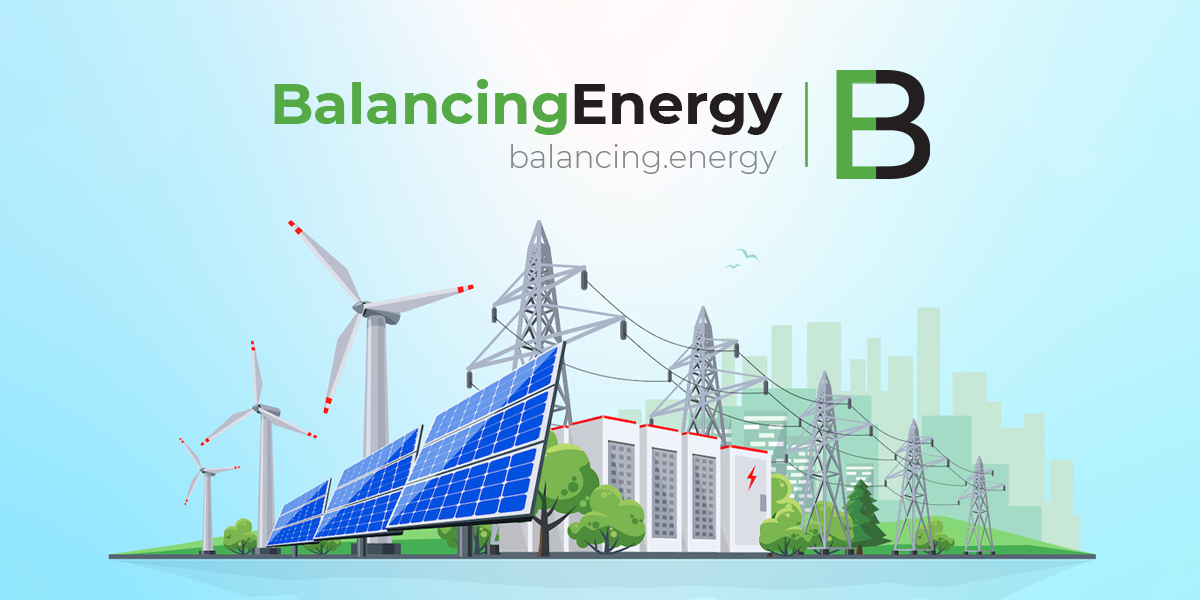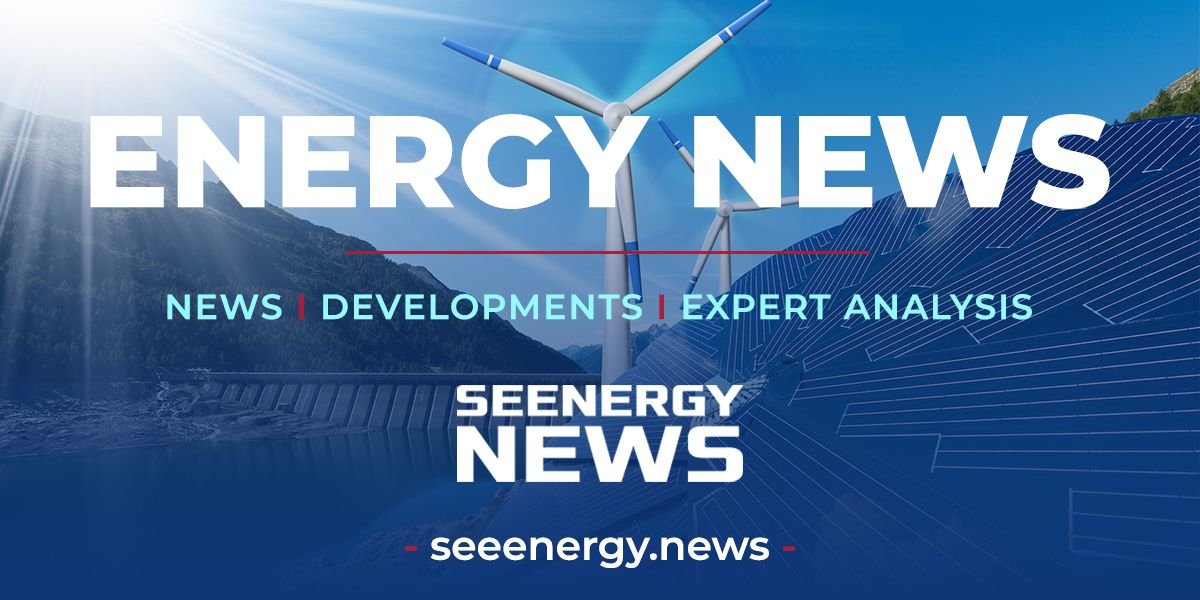The EBRD is considering launching a project to fund the rehabilitation of fifteen of EPS’s existing small hydro power plants, and the construction of up to 8 new small hydro power plants on existing dams constructed and used for water management purposes. The project will extend the lifetime of the existing small hydro power plants, and will increase generation from renewable energy through increases in the capacity of the existing plants, and the construction of up to 8 new small hydro power plants.
The project, when approved by the EBRD’s Board of Directors, will have the following transition impact:
- Setting standards for corporate governance and business conduct – reduction in carbon intensity: apart from large hydropower plants, which account for 30 per cent of Serbia’s overall electricity output, Serbia is still producing only very small amounts of energy from renewable sources. The Project will result in an additional mean annual generation of 77 GWh of renewable power to be generated in Serbia, leading to carbon emission reductions of 60,000 tonnes of CO2 per year.
- Setting standards for corporate governance and business conduct – the intention of EPS to set up a separate subsidiary to manage and develop renewable energy generation will improve both the efficiency of the management of existing renewable energy generation by EPS and improve the climate for the development of new renewable energy resources in the future
- Demonstration of replicable products and processes: the Project is expected to provide a demonstration effect for other hydro power developers in Serbia and the wider region in terms of the technical and economic viability of the investments.
- Transfer of skills: the project will involve the transfer of technical skills from international consultants to local consultants and design engineers. In addition local contractors will benefit from the experience of building the plants. This transfer of skills and capacity building will assist the development of the market for SHPPs in Serbia
Environmental Impact
The project has been categorized B under EBRD’s Environmental and Social Policy. The EBRD has engaged consultants to review the project and assist EPS in preparing a Stakeholder Engagement Plan, Land Acquisition and Resettlement Plan, and Environmental and Social Action Plan.
The project will increase the use of renewable energy and thus reduce carbon emissions compared to equivalent energy produced with coal or other hydrocarbons. With two exceptions, all the dams have been in place for decades and there is limited potential for further impacts. For all sites, the ESAP will require implementation of best practices during construction to reduce erosion and where necessary will also require construction to avoid periods of heavy recreational use of roads and swimming areas. In addition, the ESAP will require EPS to work with dam owners to assess dam safety and the need for monitoring and/or warning systems.
Two of the sites involve the addition of hydropower generation to dams that are constructed, but where the reservoirs have not yet been filled. These dams are not owned by the client, but have potentially significant impacts in three areas: resettlement and land acquisition for newly filled reservoirs, dam safety and associated risks to community safety, and biodiversity impacts from clearing forest and flooding relatively large areas. The EBRD will work with EPS and the dam owners to assess dam safety, to undertake studies of aquatic and terrestrial ecosystems, and to evaluate the need for modifications to the existing resettlement and land acquisition program. Preliminary results will be available prior to Board approval, at which time the ESAP may be modified as needed to avoid, control, or mitigate potential impacts and comply with the Bank’s Performance Requirements.
Source: EBRD










